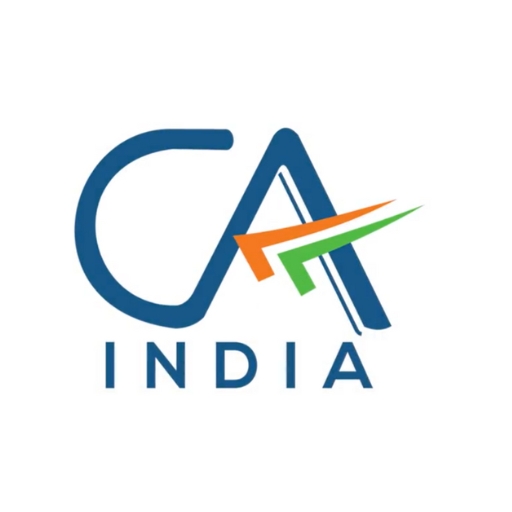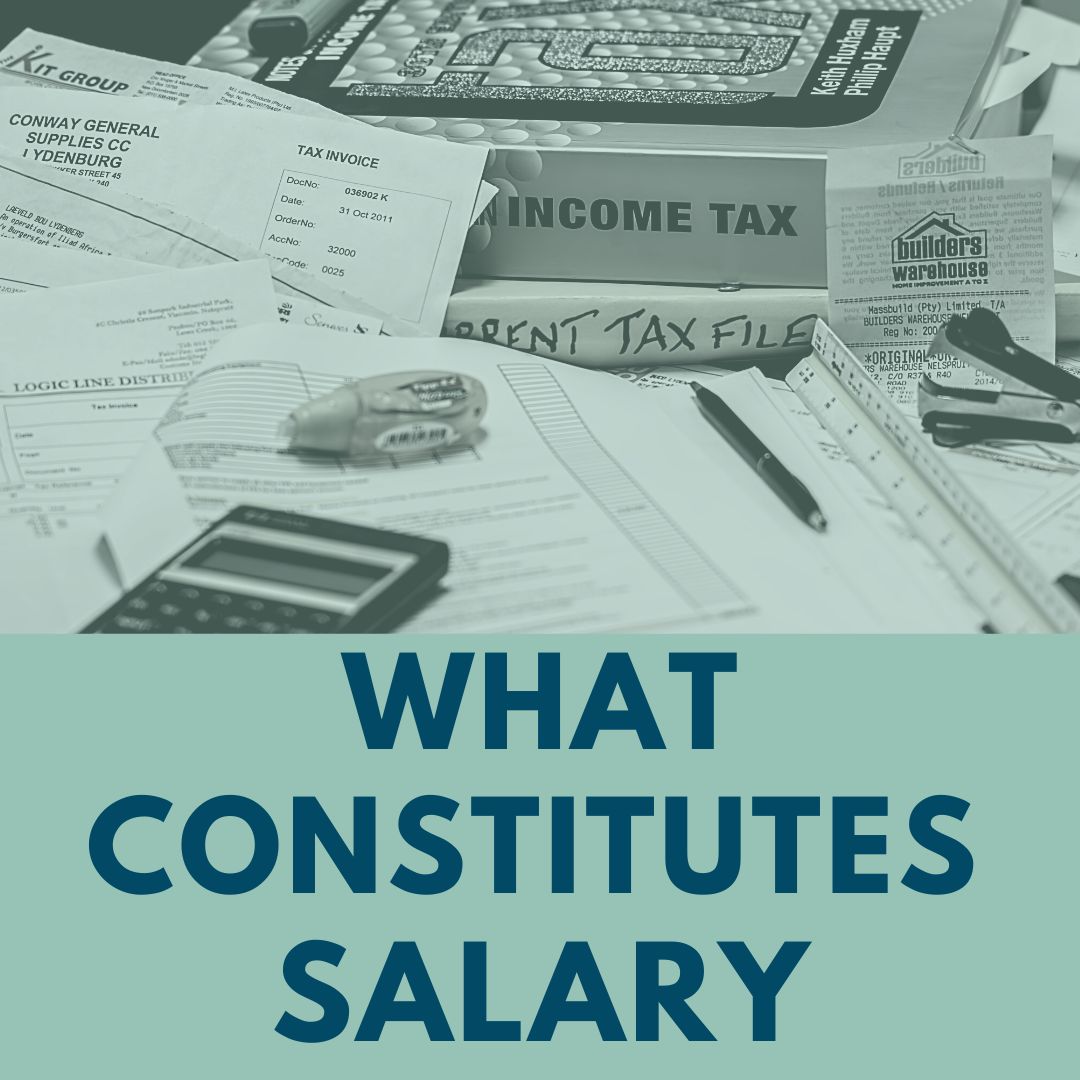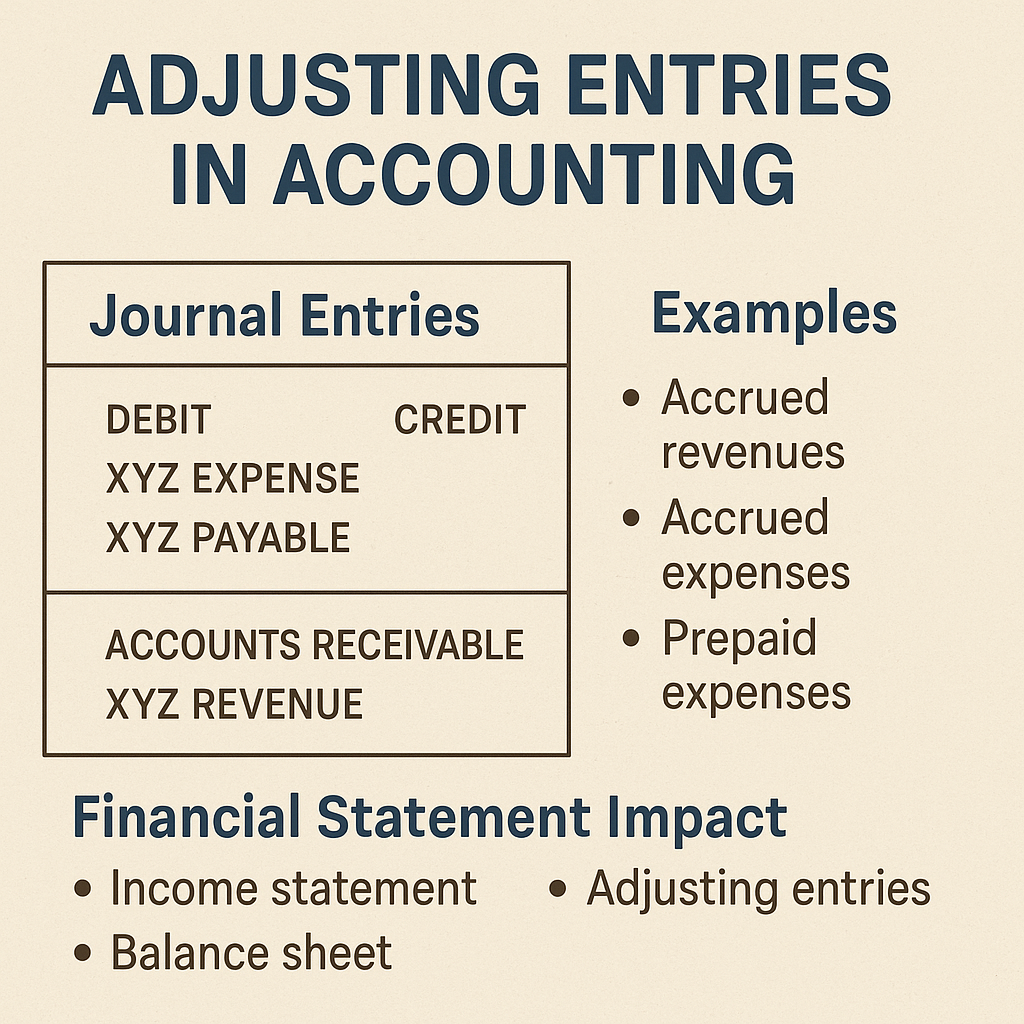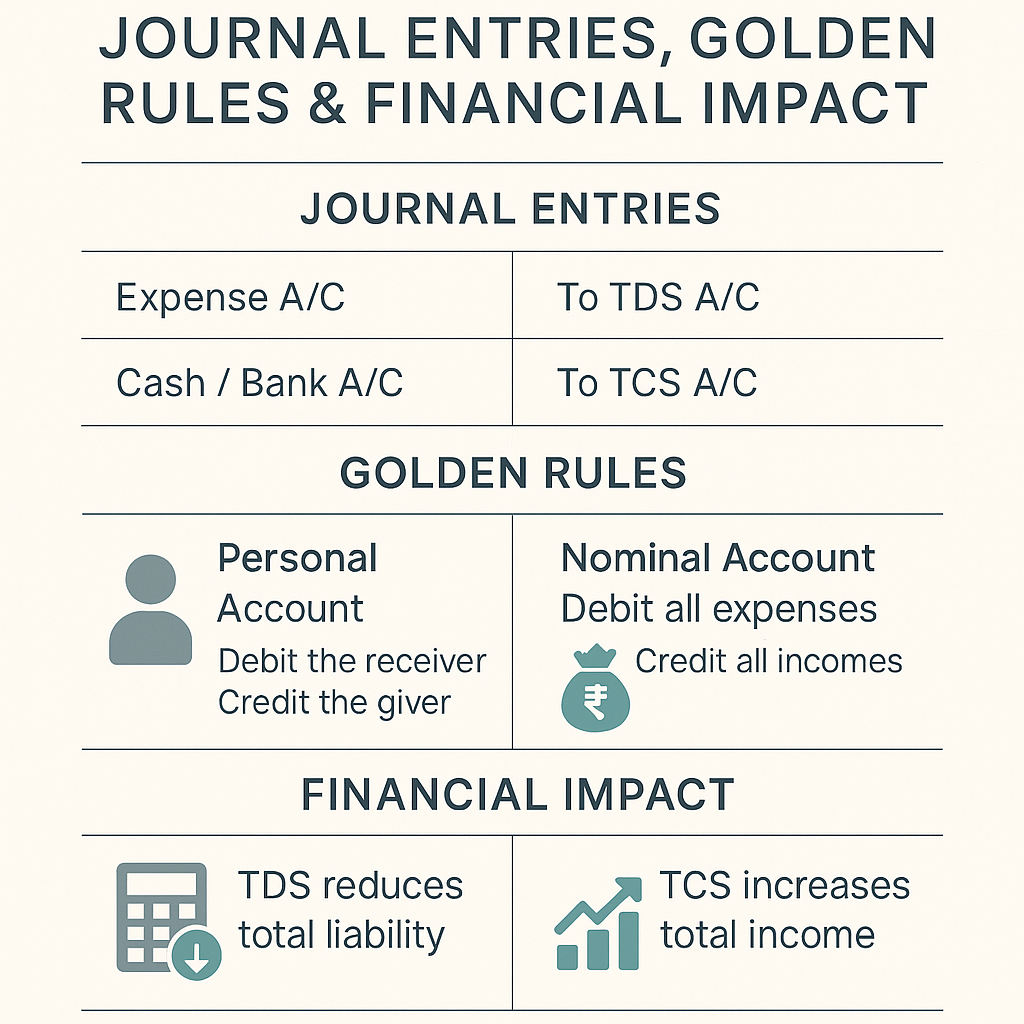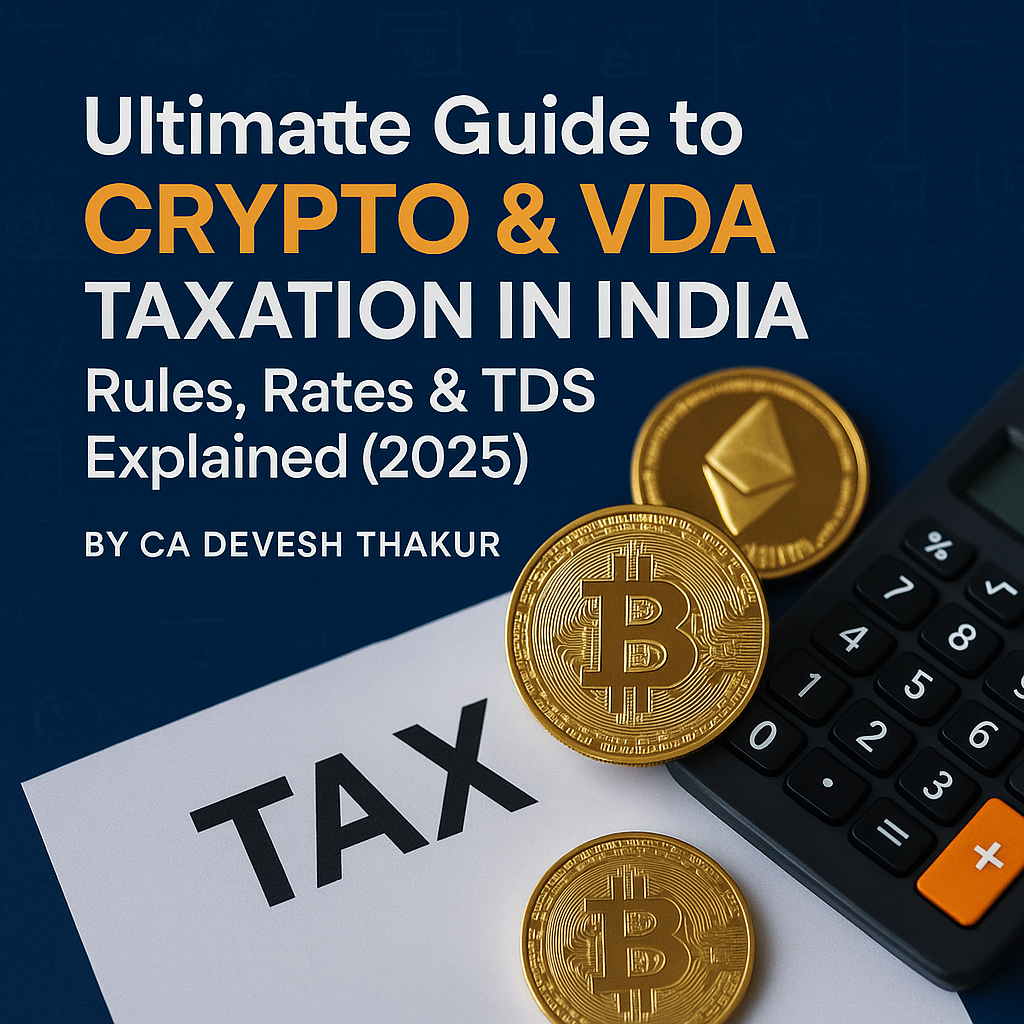Section 17(1): Salary as per Section 17(1) ia
Section 17(1) of the Income Tax Act defines the term “salary” and includes various components. The key components include:
Relief under Section 89A – In Respect of Salary, etc., Paid in Arrears or in Advance
Examples:
1. Basic Salary:
- Amount: Rs. 50,000 per month
- Calculation: Basic salary is a fixed amount paid regularly to an employee. If an employee’s basic salary is Rs. 50,000 per month, the annual basic salary would be Rs. 6,00,000 (Rs. 50,000 x 12).
2. Dearness Allowance (DA):
- Amount: Rs. 10,000 per month
- Calculation: Dearness Allowance is an allowance paid to employees to cope with the rising cost of living. If an employee’s DA is Rs. 10,000 per month, the annual DA would be Rs. 1,20,000 (Rs. 10,000 x 12).
Income from House Property with Examples and Case Laws
Important Case Laws:
- CIT vs. V. S. Dempo Co. Pvt. Ltd. (2010):
- Significance: The Supreme Court clarified that any regular payment made by the employer to the employee, forming part of the cost-to-company, falls within the ambit of the term “salary.”
- S.N. Nandwani vs. CIT (1974):
- Significance: The Bombay High Court held that salary includes not only what is due but also what is paid or allowed.
What is Form 16? Understand Form 16 (TDS Certificate)
- P. Gopinath Pillai vs. CIT (2012):
- Significance: The Kerala High Court emphasized that the term “salary” is comprehensive and includes all payments received by an employee from an employer in cash, kind, or as a facility.
- CIT vs. Nandlal Sohanlal (1962):
- Significance: The Supreme Court clarified that the term “salary” includes payment received by an employee from his employer in consideration of services rendered.
- Dinanath Dubey vs. CIT (1978):
- Significance: The Allahabad High Court held that voluntary contributions made by the employer to the recognized provident fund on behalf of the employees form part of the employees’ salary.
Explanation of Sections 234A, 234B, and 234C
Section 17(2): Value of Perquisites as per Section 17(2) ib
Section 17(2) includes the value of perquisites in the definition of salary. Perquisites are benefits or amenities provided by the employer to the employee in addition to the cash salary.
Examples:
1. Accommodation/Housing Perquisite:
- Perquisite Value: Rs. 20,000 per month
- Calculation: If an employer provides accommodation to an employee and the annual value of the accommodation is Rs. 20,000 per month, the annual housing perquisite value would be Rs. 2,40,000 (Rs. 20,000 x 12).
2. Car Perquisite:
- Perquisite Value: Rs. 15,000 per month
- Calculation: If an employer provides a car for personal use to an employee, and the annual value of the car is Rs. 15,000 per month, the annual car perquisite value would be Rs. 1,80,000 (Rs. 15,000 x 12).
Important Case Laws:
- CIT vs. R.J. Reynolds Tobacco Co. (1978):
- Significance: The Supreme Court clarified that perquisites include benefits and amenities provided by the employer to the employee by way of free or concessional passages for journeys performed by the employee and his family members.
- SBI vs. Ramakrishnan (2007):
- Significance: The Supreme Court held that the use of a car by an employee for non-official purposes is a perquisite and the value of such perquisite is taxable.
- CIT vs. Essar Oil Ltd. (2006):
- Significance: The Gujarat High Court held that if the employer provides accommodation at a place where the employee is required to stay, the value of such accommodation is a perquisite.
- CIT vs. B. R. Srinivasan (1994):
- Significance: The Madras High Court clarified that if the employer provides a house to an employee at a concessional rent, the difference between the normal rent and the rent charged is a perquisite.
- CIT vs. Sundaram Clayton Ltd. (1997):
- Significance: The Madras High Court held that the provision of free lunch and dinner by the employer to the employee at the workplace is a perquisite.
Section 17(3): Profit in Lieu of Salary as per Section 17(3) ic
Section 17(3) includes any amount paid by the employer to the employee in lieu of salary or any amount paid by the employer to the employee on account of salary. These are payments made to employees in addition to their regular salary.
Examples:
1. Bonus:
- Amount: Rs. 50,000
- Calculation: If an employer pays a bonus of Rs. 50,000 to an employee, this amount would be considered a profit in lieu of salary.
2. Commission:
- Amount: Rs. 30,000
- Calculation: If an employer pays a commission of Rs. 30,000 to an employee, this amount would be considered a profit in lieu of salary.
Important Case Laws:
- CIT vs. Nalin P. Shah (2003):
- Significance: The Bombay High Court held that payments made to employees, other than regular salary, which arise out of the employer-employee relationship, are taxable as profit in lieu of salary.
- CIT vs. K. R. Ramamani (1994):
- Significance: The Karnataka High Court clarified that the concept of profit in lieu of salary is wide and includes any amount received by an employee in his capacity as an employee.
- CIT vs. S. Raman Chettiar (1993):
- Significance: The Madras High Court held that the term “salary” includes any payment received by an employee from an employer in cash or kind.
- CIT vs. Greaves Cotton and Co. Ltd. (1991):
- Significance: The Supreme Court emphasized that the expression “profit in lieu of salary” is of wide import and includes any amount received by an employee from the employer in cash or kind.
- CIT vs. T. Venkateswaran (1979):
- Significance: The Madras High Court clarified that even if the amount is not directly linked to the services rendered, if it arises out of the employer-employee relationship, it is taxable as profit in lieu of salary.
Conclusion:
Understanding the components of salary under Section 17(1) and the inclusion of perquisites and profit in lieu of salary is crucial for both employers and employees. These provisions play a significant role in determining the taxable income of individuals. Case laws provide insights into the interpretation and application of these sections, ensuring compliance with the Income Tax Act.


